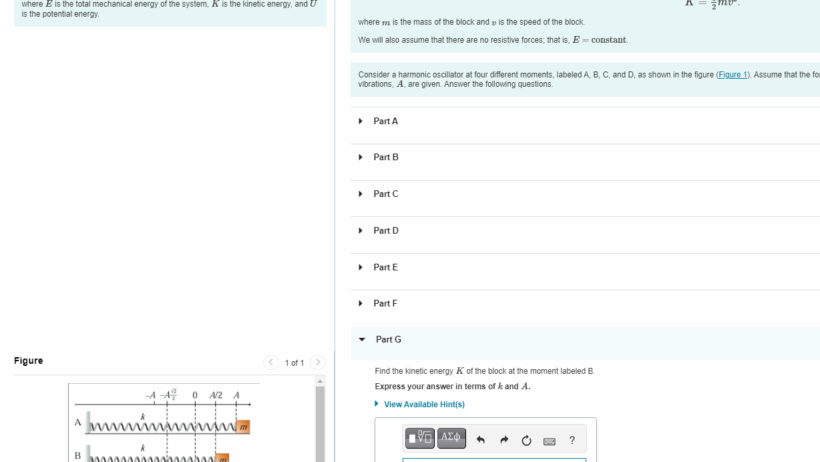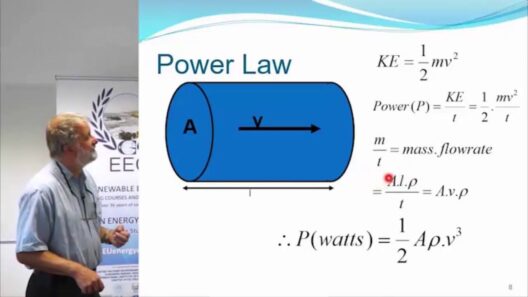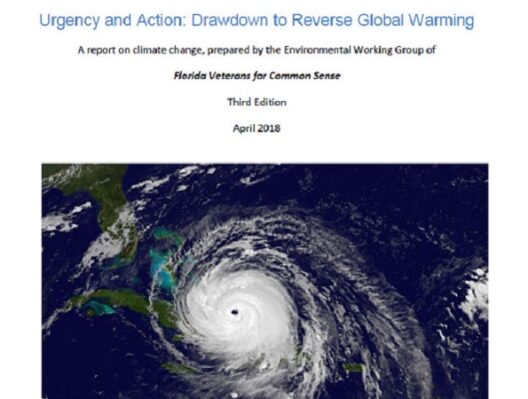The natural world is a splendid symphony of energy transformation, pulsating with intricate life processes. At the heart of this magnificent orchestra lies the law of conservation of energy, a fundamental principle that underscores the intricate dance between energy and matter. But how does this law manifest within the biological systems of humans? To understand this, one must delve into the nuances of energy conservation as it pertains to human physiology, metabolism, and environmental interactions. This exploration reveals the profound interconnectedness of life and energy, inviting an appreciation for one of nature’s most essential mechanisms.
Energy: The Vital Essence of Life
Energy is a fundamental building block of existence, acting as the driving force behind nearly every biological process. In humans, this energy is primarily derived from the food we consume, which undergoes a series of complex biochemical transformations to fuel our bodies. These transformations highlight two crucial insights: the conversion of potential energy in food into usable energy, and the meticulous balance between energy intake and expenditure.
As we nibble on carbohydrates, proteins, and fats, our bodies methodically convert these macronutrients into adenosine triphosphate (ATP), the energy currency that powers cellular functions. This process is a testament to the conservation of energy: while energy can change forms, it cannot be created or destroyed. Each bite we take, therefore, ties us to the grand narrative of energy flow within our ecosystems.
Moreover, the very act of breathing exemplifies energy transformation. Through respiration, we inhale oxygen to oxidize glucose, culminating in the release of carbon dioxide and energy. Thus, energy conservation is not merely a physical law; it encapsulates our very existence and vitality.
The Balance of Energy: Metabolism and Homeostasis
A key characteristic of energy conservation in humans is the remarkable ability of our biological systems to maintain homeostasis, a state of equilibrium essential for survival. This continual balancing act hinges upon metabolic processes, which dictate energy consumption and utilization.
Metabolism encompasses two primary categories: catabolism, the breakdown of molecules to release energy, and anabolism, the synthesis of complex molecules that requires energy input. These interdependent processes are infinitely fascinating, showcasing how energy is conserved and converted in a never-ending cycle.
Consider the metabolic rate, the speed at which our bodies convert food into energy. It varies by age, sex, activity level, and genetic factors. When energy expenditure exceeds intake, the body taps into stored reserves, demonstrating resilience, adaptation, and the fundamental principle of conservation of energy. The delicate dance between energy gain and loss within our bodies highlights the importance of ecological awareness. We are, after all, part of a larger energetic web, with our actions impacting our health and our planet.
Through activities such as exercise, our bodies require increased energy, prompting metabolic adaptations. For instance, regular physical activity enhances mitochondrial efficiency, optimizing ATP production while simultaneously promoting cardiovascular health. Such adaptations serve as a powerful reminder of the intricate relationship between energy expenditure and conservation. Maintaining this equilibrium is not just a personal endeavor; it has broader implications for the environment, urging us to adopt sustainable practices that respect the finite resources of our planet.
The Environmental Perspective: Energy Conservation Beyond the Human Experience
As stewards of the Earth, the principles of the law of conservation of energy extend beyond individual organisms, weaving through ecosystems and interspecies relationships. Energy flows through complex food webs, illustrating how energy is transferred and transformed through various biological entities. This perspective resonates deeply, showcasing the fundamental role that energy plays not just within humans but across the myriad forms of life that grace our planet.
Photosynthesis stands as a quintessential example of energy conversion in nature. Here, plants harness solar radiation, converting it into chemical energy stored within glucose molecules. This transformation is crucial; it forms the foundation of the food chain, sustaining both herbivorous and carnivorous organisms alike. As humans, we, too, occupy a pivotal position within this web, relying on energy provided by flora and fauna.
In the context of conservation, it becomes imperative to ponder the implications of our energy choices. Fossil fuels, while energy-dense, embody a grave tension between energy conservation and environmental degradation. Human activities that disrupt the natural flow of energy—such as deforestation, pollution, and unsustainable resource extraction—threaten the delicate balance of ecosystems. By embracing renewable energy sources and minimizing waste, we can align our existence with the laws of nature, striving for a more harmonious relationship with our planet.
Embracing the Holistic Perspective
The law of conservation of energy serves as a reminder of the profound interconnectedness of all life forms. In understanding how energy operates within our biological systems, we cultivate a deeper appreciation for the health of our bodies and our planet.
As we contemplate the intricate relationship between humans and energy, we are beckoned to engage in reflective practices that elevate our awareness of consumption and sustainability. Mindfully selecting our food sources, reducing waste, and advocating for environmental responsibility become vital components of our existence, illuminating the path toward a more sustainable future.
This journey invites us to embrace energy conservation not just as a scientific principle but as a philosophy that enhances our consciousness and cultivates respect for our world. In doing so, we reaffirm our commitment to living in harmony with the intricate cycles of energy that sustain life, nurturing a legacy of interconnectedness for generations to come.








